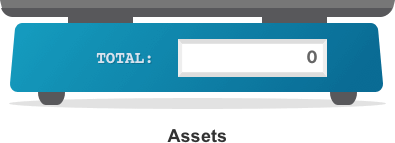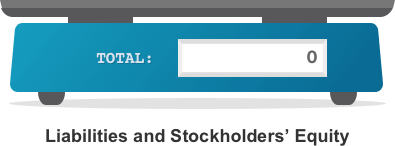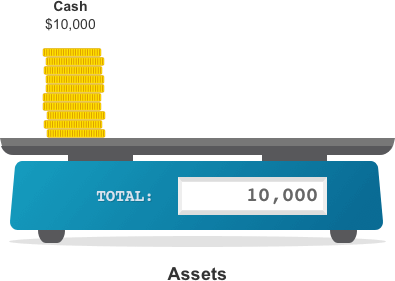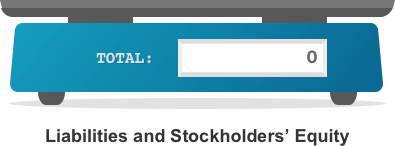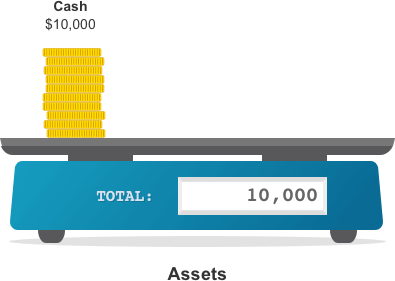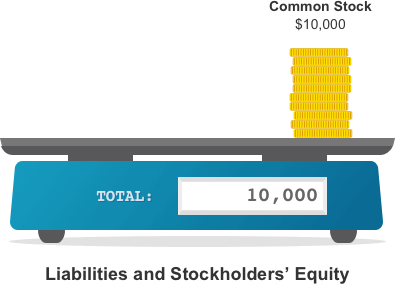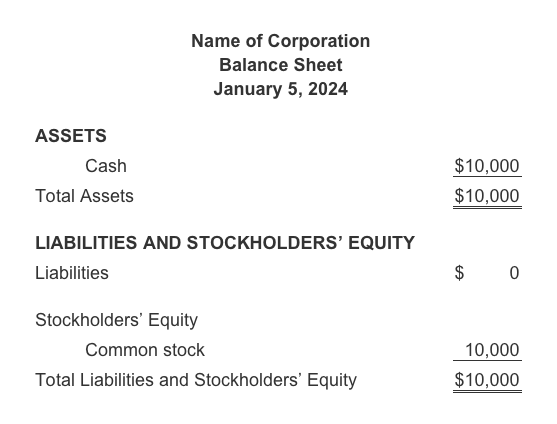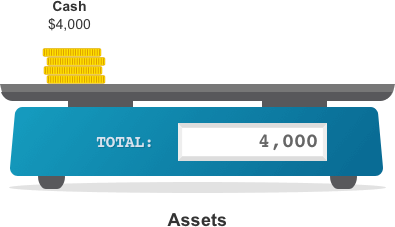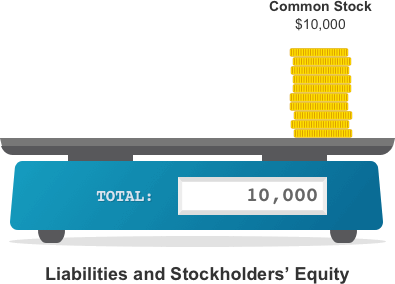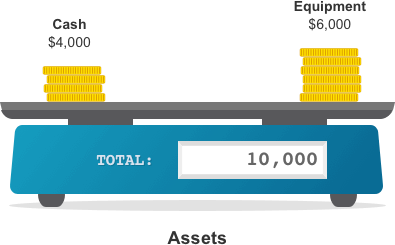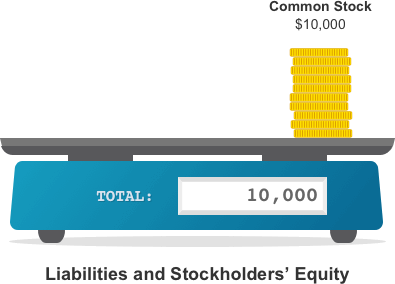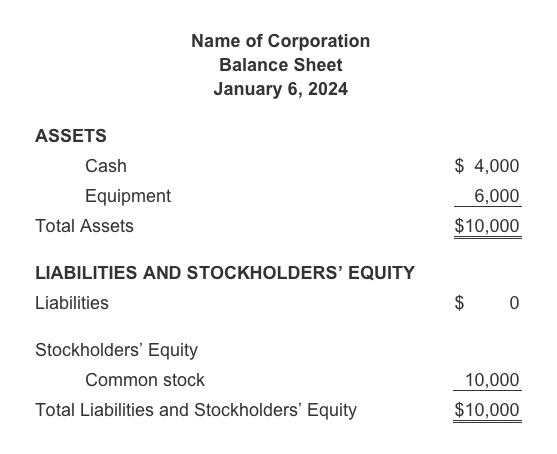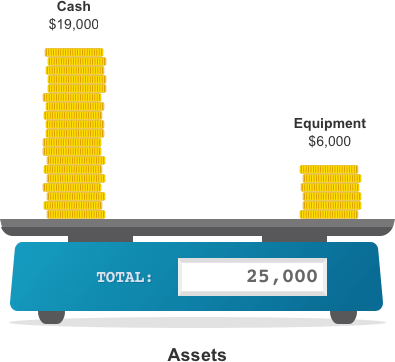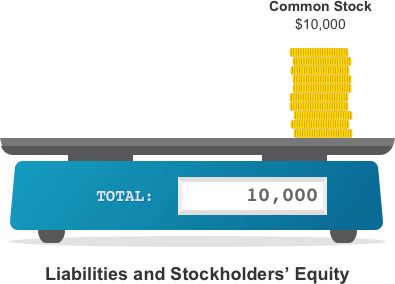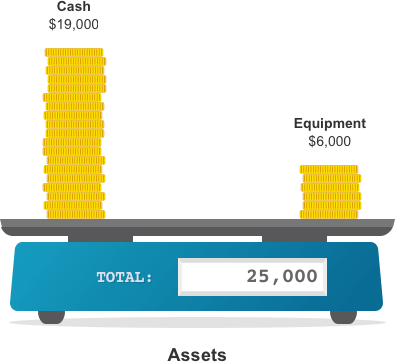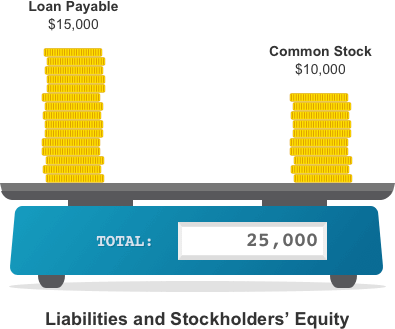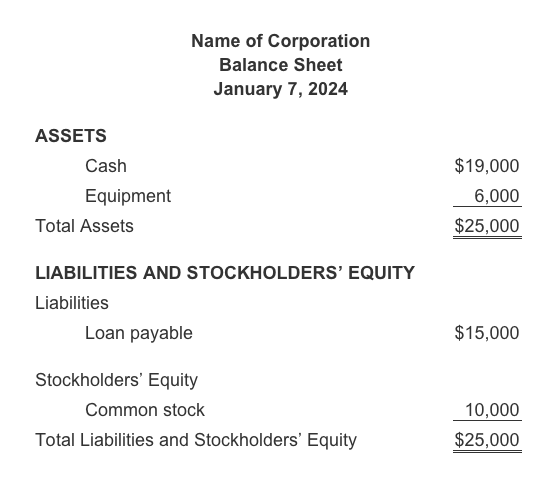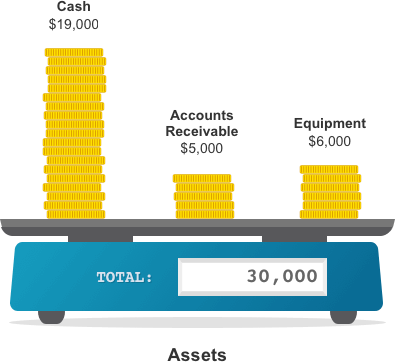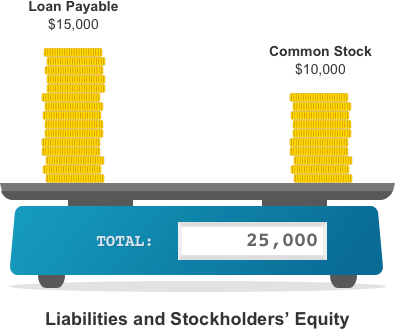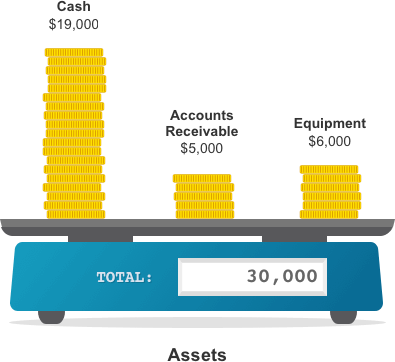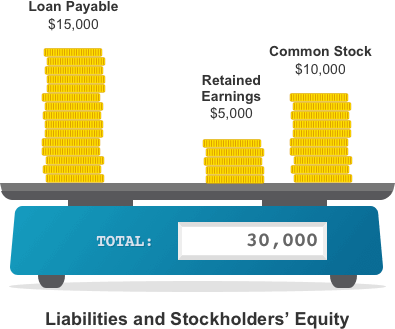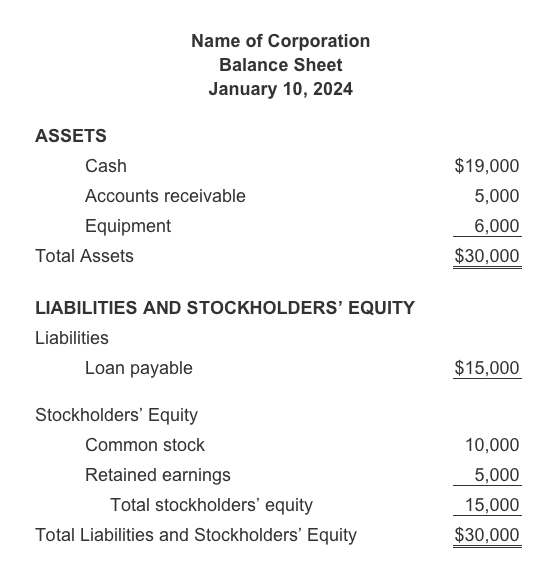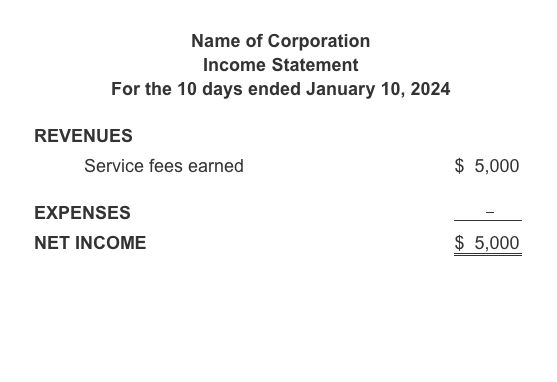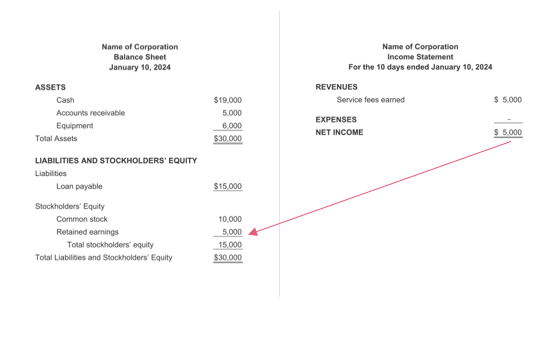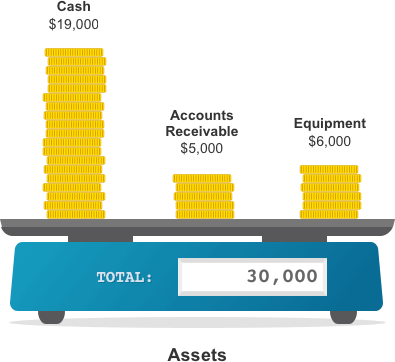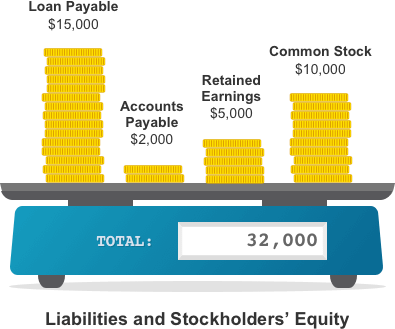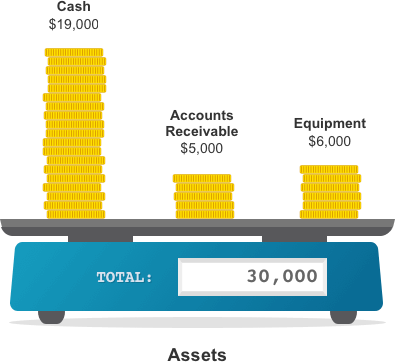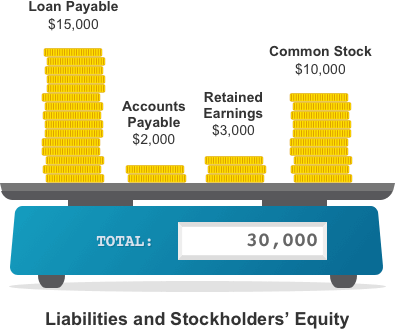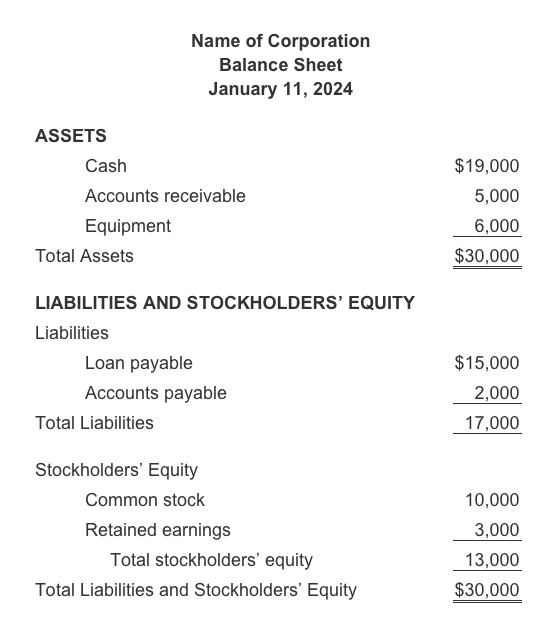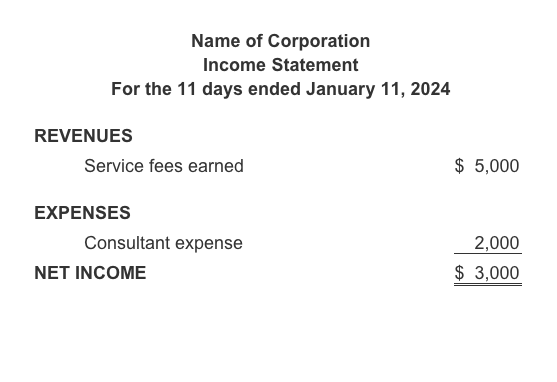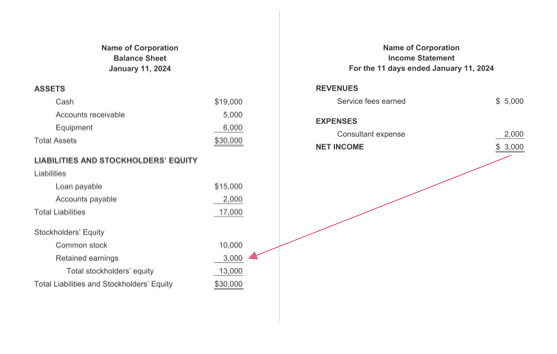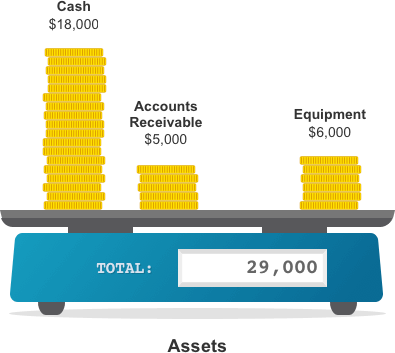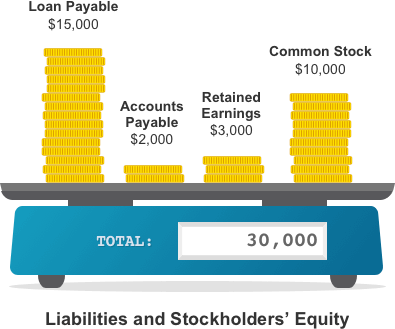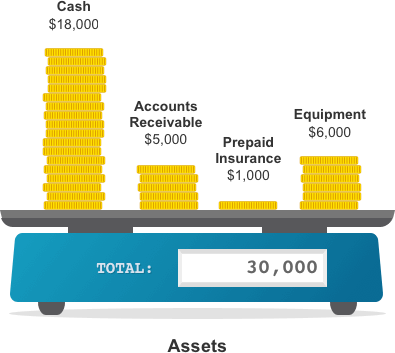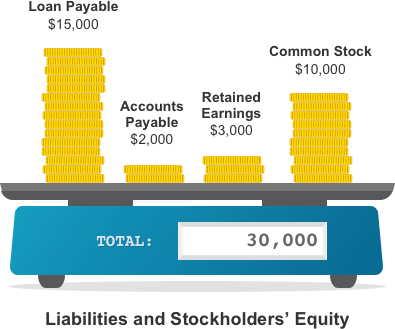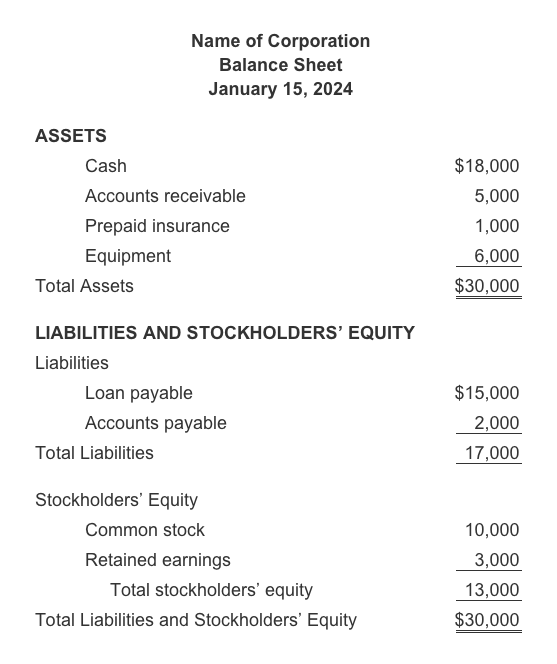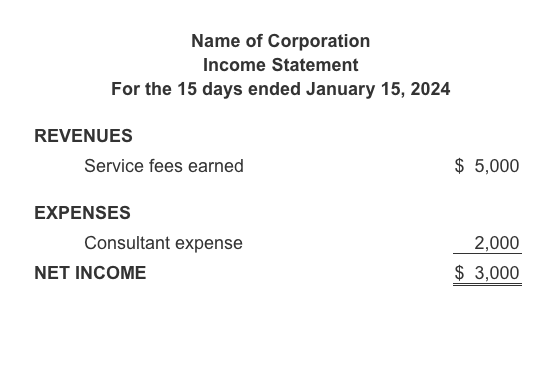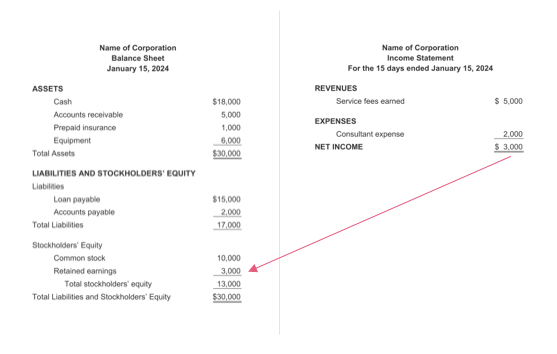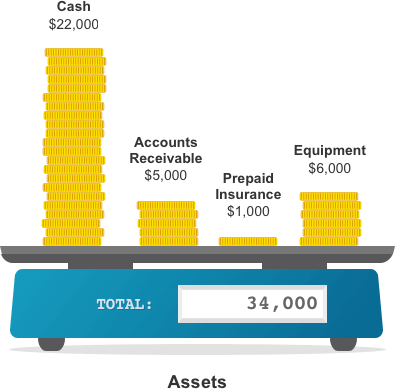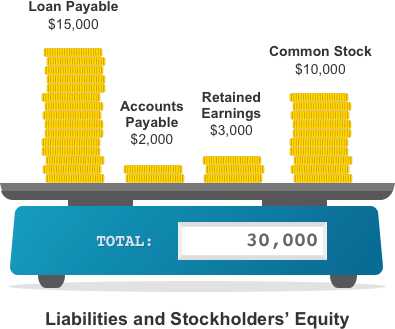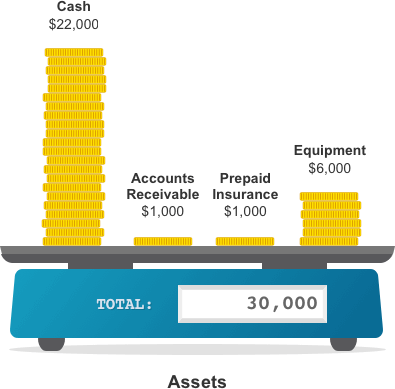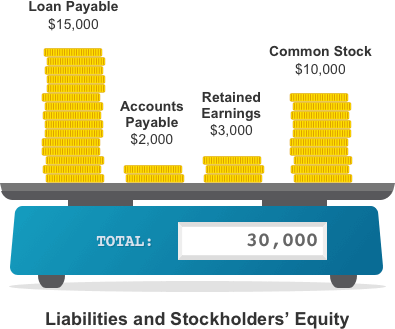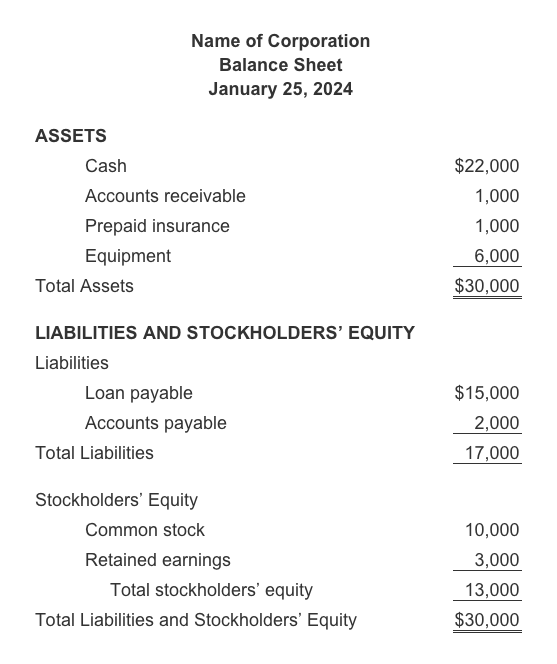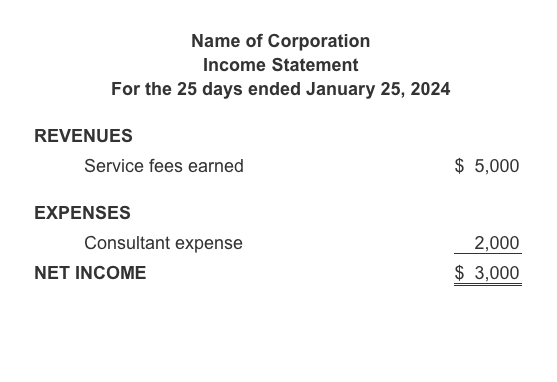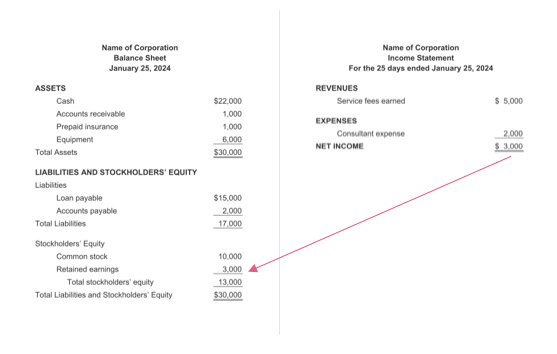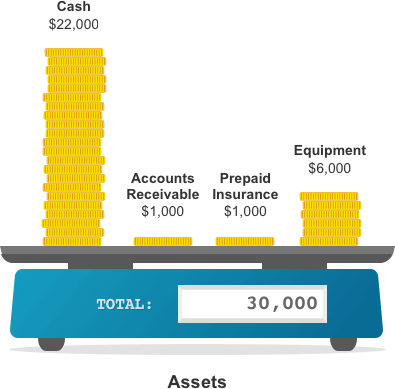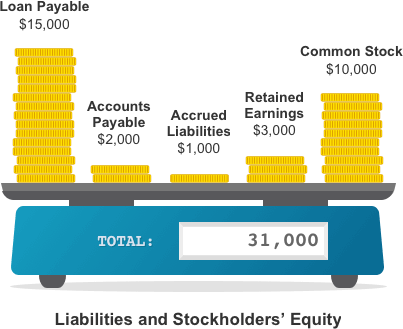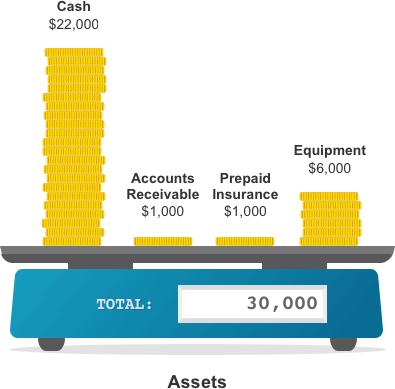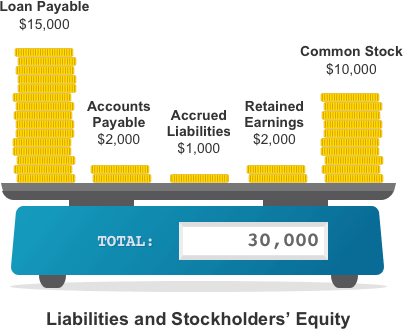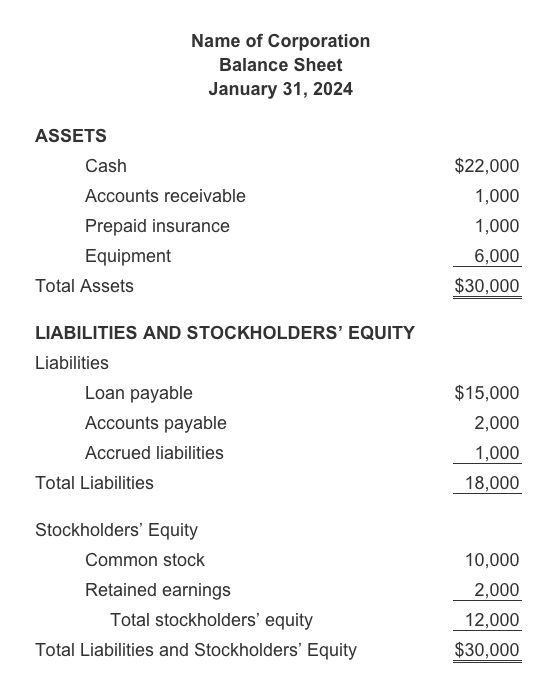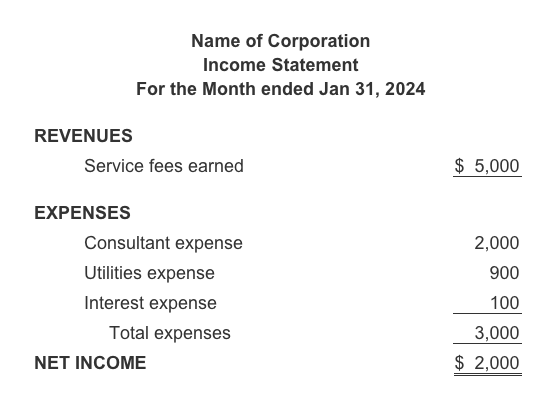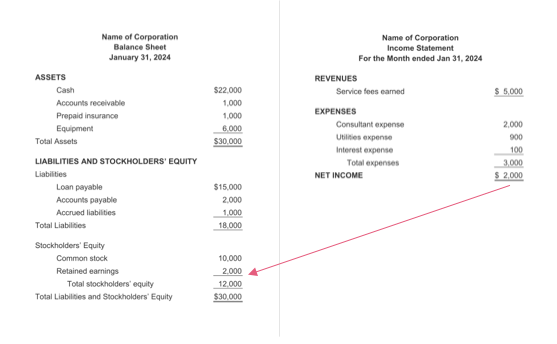Turn on study mode to focus
Accounting Equation Outline
Learn How to Advance Your Accounting and Bookkeeping Career
- Perform better at your current job
- Refresh your skills to re-enter the workforce
- Pass your accounting class
- Understand your small business finances
Featured Review
"I am currently employed at a food distributor as an account specialist. I have been using your website for about a year now. When I started here, I didn't know very much about accrual accounting, as I had always used the cash accounting method. In my position, I am responsible for entering the company’s JE. I was hired as an account specialist, with the opportunity for a promotion to Staff Accountant. For that promotion to be fulfilled, I needed to learn more about accounting procedures. My manager set goals for me to fulfill and went online to find some online accounting courses. That's when he found your website. At the time, we didn't know how useful the site would be, so we chose not to purchase the PRO Plus option. After using it for some time now, I found the site to be extremely useful. It is very user friendly and has a lot of valuable information. I have learned a great deal from your site. The biggest thing I learned was how the accounting equation works. I've been able to learn more about accruals, deferrals, adjusting journal entries, and more. I also understand more about how the JEs I enter affect our financial statements here. This has proven to be invaluable to me because it has helped me move closer to the promotion of Staff Accountant, which includes a pay raise. I know I have a lot more to learn." - Kim B.


